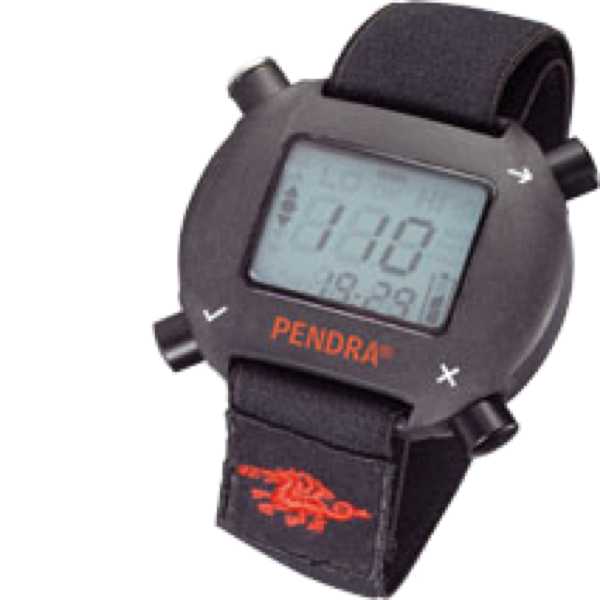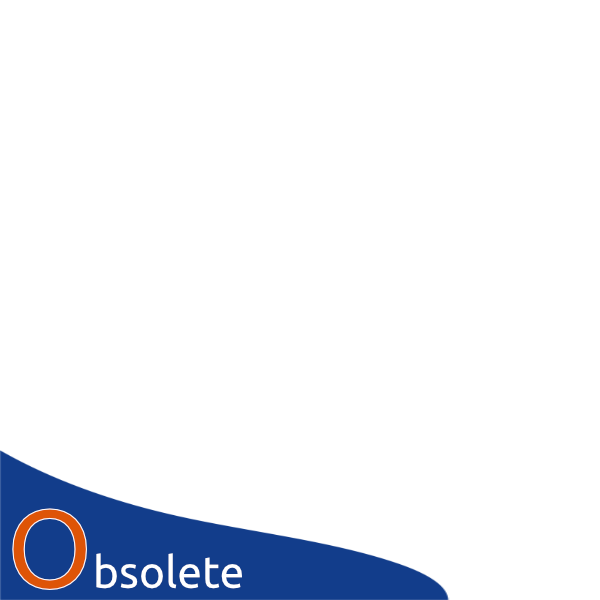

| Accuracy Assessment | Recommendation | Basis | |
| BG | Medaval | Not recommended | This device has not been clinically validated. |
Pfützner A, Caduff A, Larbig M, Schrepfer T, Forst T. Impact of posture and fixation technique on impedance spectroscopy used for continuous and noninvasive glucose monitoring. Diabetes Technol Ther. 2004 Aug;6(4):435-41. doi: 10.1089/1520915041705839. PMID: 15320996.
No protocol or result provided in abstract
Weinzimer SA. PENDRA: the once and future noninvasive continuous glucose monitoring device? Diabetes Technol Ther. 2004 Aug;6(4):442-4. doi: 10.1089/1520915041706018. PMID: 15320997.
The publication is a letter or correspondence in which the Pendragon Pendra is referenced.
See: Diabetes Technol Ther. 2004 Aug;6(4):435-441.
Wentholt IM, Hoekstra JB, Zwart A, DeVries JH. Pendra goes Dutch: lessons for the CE mark in Europe. Diabetologia. 2005 Jun;48(6):1055-8. Epub: 2005 May 4. doi: 10.1007/s00125-005-1754-y. PMID: 15871008. Available from: link.springer.com.
Rise and fall of the Pendra: The authors "argue that the CE certification process for continuous glucose sensors should be made more transparent, and that a consensus on specific requirements for continuous glucose sensors is needed to prevent patient exposure to potentially dangerous situations".